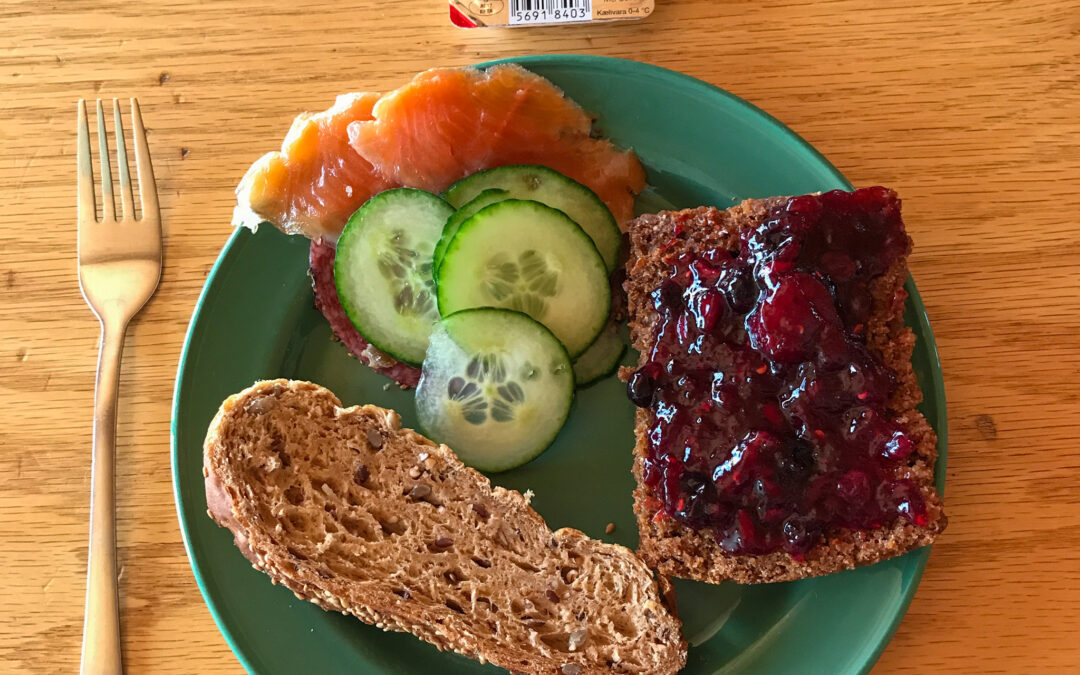
This blog is a follow up to The Truth about Intermittent Fasting which is an in-depth look at my personal experience with intermittent fasting and how it impacted my struggle with anorexia and binge eating.
It’s a great blog for anyone who has disordered eating, body image issues, and those who are tired of generalized nutrition advice that’s so hyped up it’s hard to tell what’s a money making trend and what’s actually helpful for your health.
So we’re on the same page, let’s define intermittent fasting.
With intermittent fasting, you’re choosing a period of time to eat and a period of time to not eat, or fast, each day.
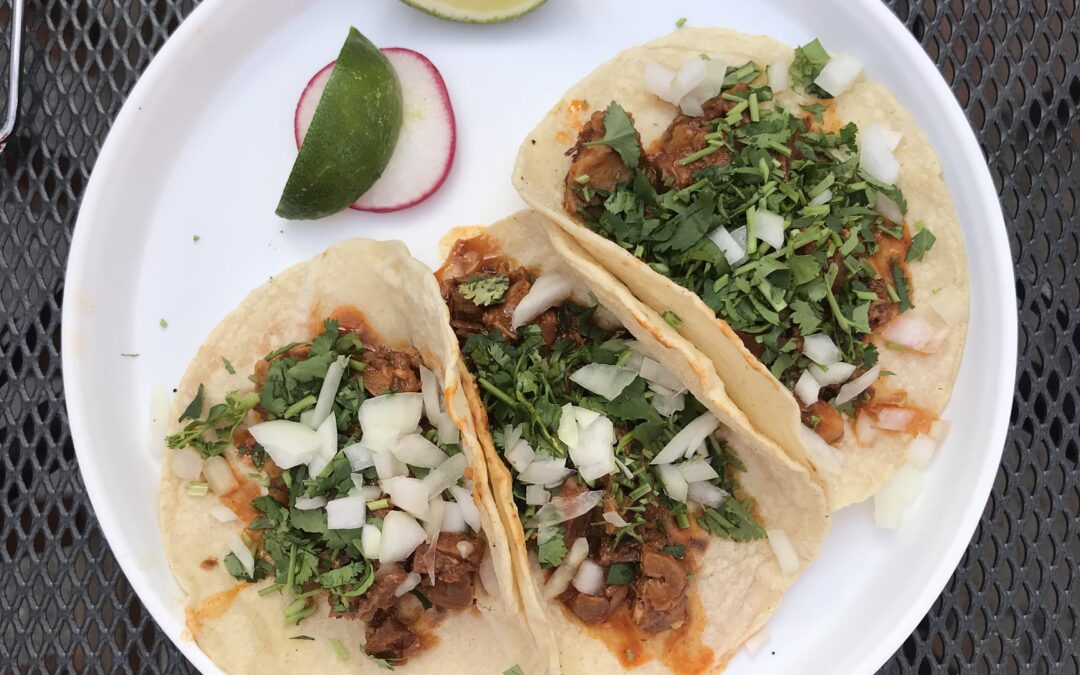
Intermittent fasting has taken the nutrition world by storm over the last few years.
Like any craze, there’s bound to be legions of enthusiastic followers who have tried it out for 2 weeks then start proclaiming that it’s the best thing in the world and EVERYONE SHOULD DO IT.
The truth is much more nuanced, as you might have guessed.
I want to lay it all out for you, from the benefits to the subversive, hidden messaging that comes with any nutritional fad.
I’ve included my own experience with intermittent fasting and my clinical experience working with patients who are interested in it.
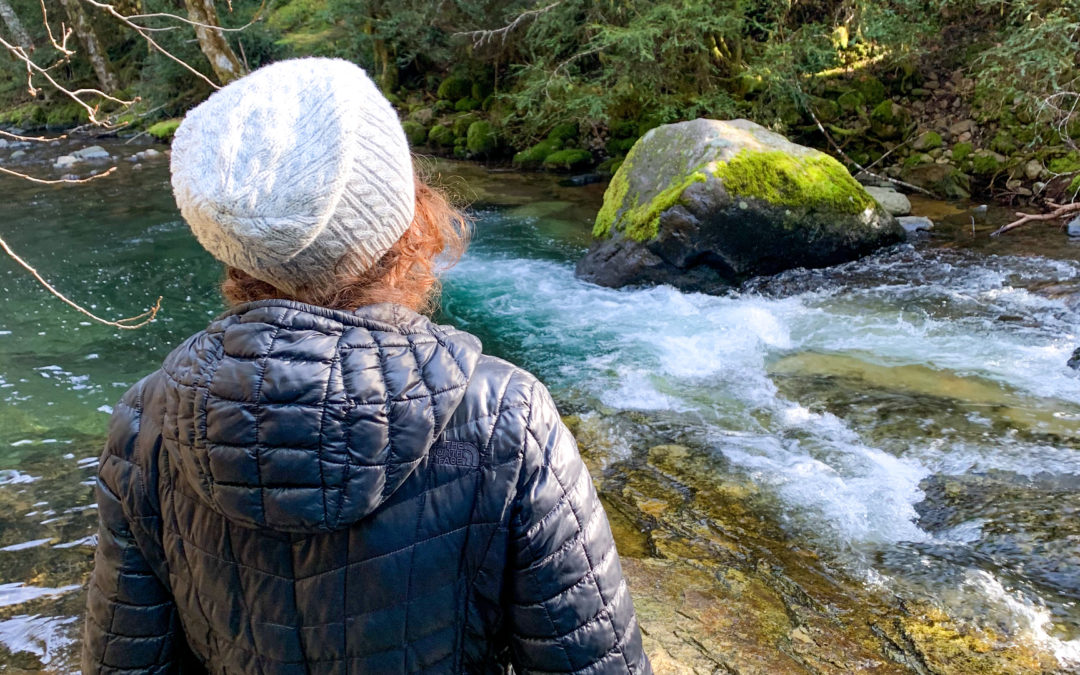
I spent most of my teens and 20s trying to close off my heart.
I wanted to become impervious to the pain of the world and to my own.
Hard, impenetrable, and strong. Not soft, weak, and tender like I’d felt my whole life.
I fantasized about what a welcome relief it would be to feel less.
I was “too sensitive” for most people and was encouraged to push my feelings away, pull myself up by my bootstraps and soldier through, like anyone else with common sense. I’m sure I’m not alone in this life experience.
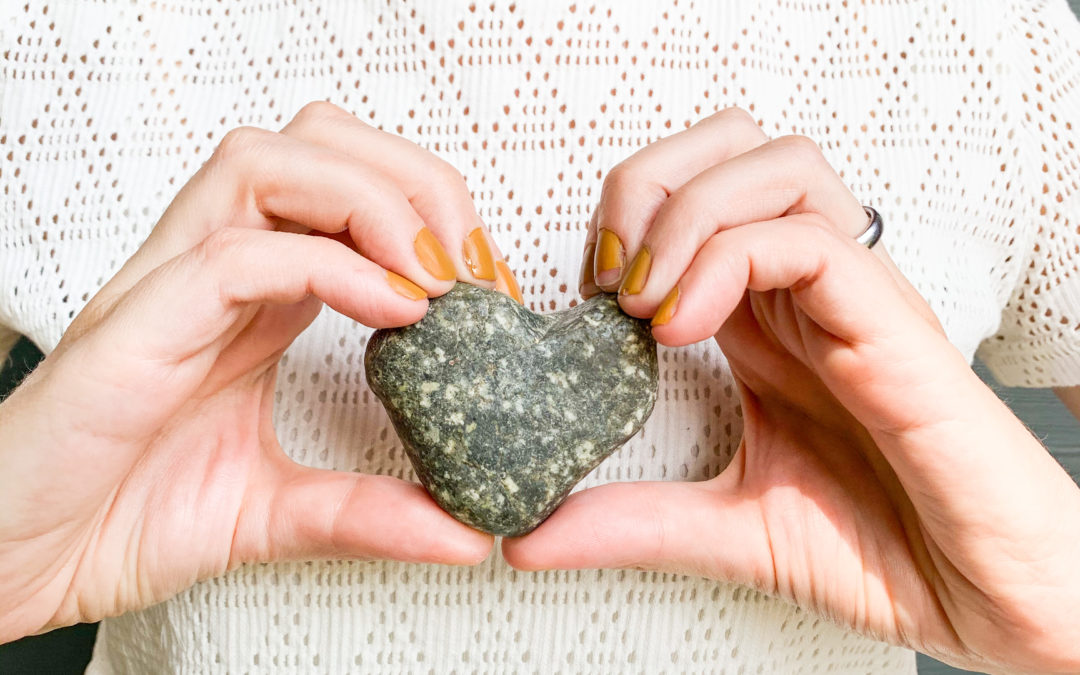
In early March before COVID-19 hit the Pacific Northwest hard, my husband and I took a trip to Breitenbush Hot Springs in rural Oregon for some much needed rest and recovery.
The springs were as gloriously relaxing and rejuvenating as you’d imagine.
The land was pristine and so, so quiet.
But I was stressed out about the trip for a full month before we left.
The last time I had visited Breitenbush was 12 years ago at one of the lowest points of my life.
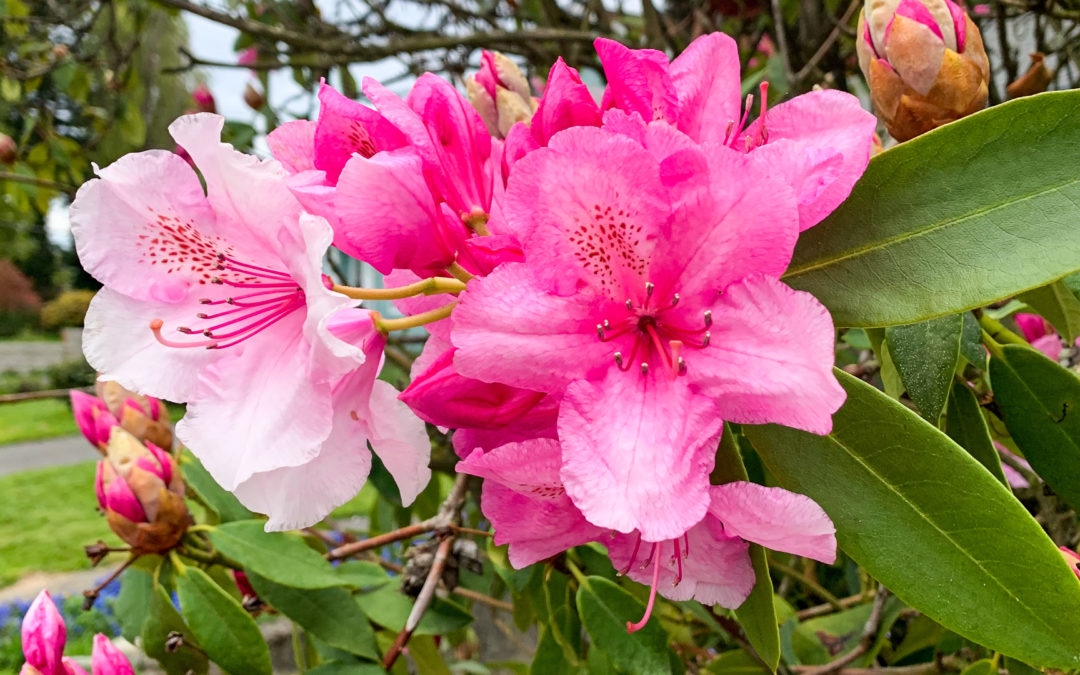
Last week a patient broke down in tears during her appointment.
She was in the middle of a massive pain flare in her back, but she wasn’t crying about the level of discomfort she was experiencing.
It was her third visit with me and we’d made some progress with her pain but she’d overdone it and her symptoms had escalated again.
She was understandably frustrated, but there was more to it -- she was afraid.
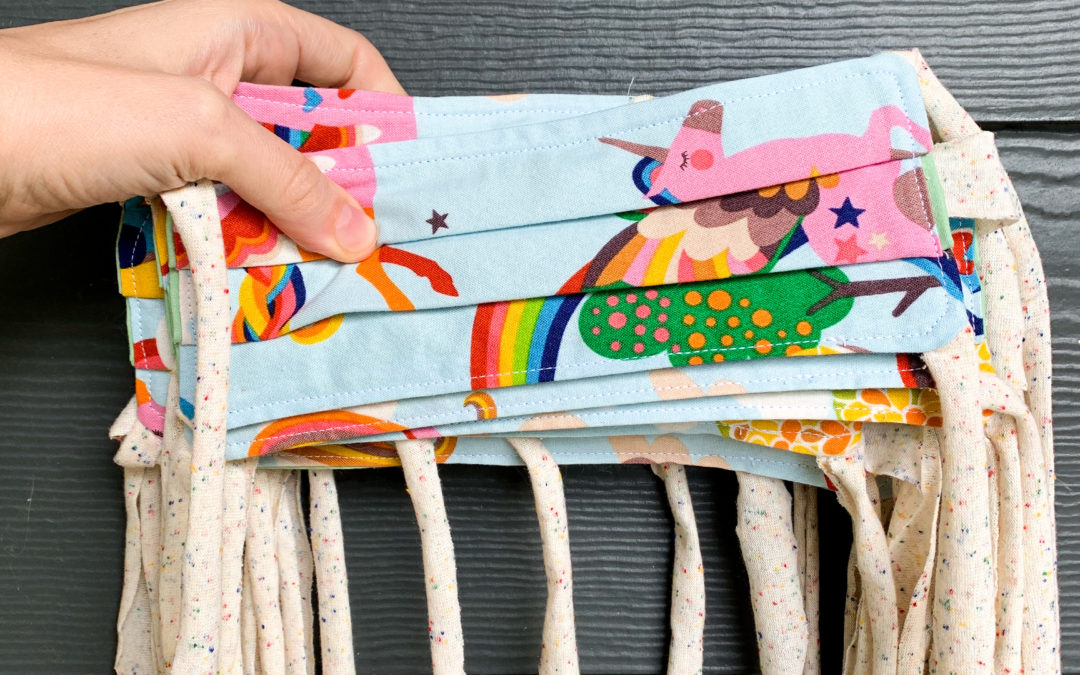
A few weeks ago I wrote a little blurb for an article about how to best handle these quarantine times, or as I like to say now, quarantimes.
While other practitioners talk about diet and exercise, I chose to focus on mental health because that’s by far the most prominent issue I’ve been witnessing in my practice.
People are scared and anxious, but the most common emotion I've observed is guilt.
Many of my patients feel terrible for being annoyed by the restrictions placed on their lives while others are facing a potentially life threatening illness, the death or sickness of loved ones, job loss, business collapse, and much more.
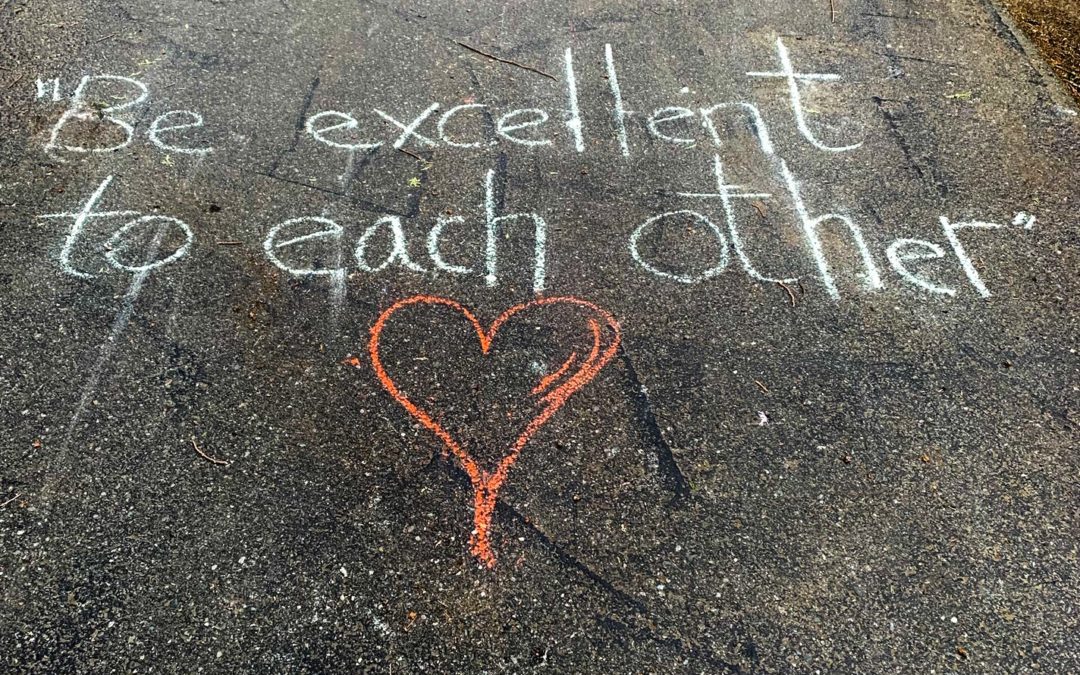
I saw this as I was walking around my neighborhood on Saturday and it reinforced my belief that I have some pretty cool neighbors.
In times like these we’ve got to look to the classics for guidance.
The uncertainty we’re living in is uncomfortable, but I’m also grateful for how connected we can all still remain through the magic of the interwebs.
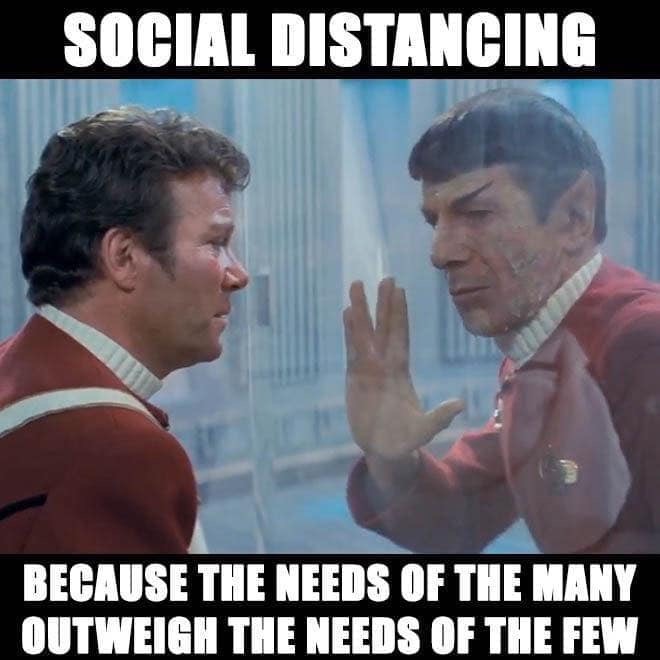
Your burning COVID-19 questions, answered.
Living in the epicenter of the outbreak in the US has understandably raised a lot of concerns from my patients.
I’ve compiled the common questions I’ve heard and answered them to the best of my ability.
I’ve linked sources wherever I can.
Please note: these answers are for informational purposes only. They are not medical advice. Please speak with your doctor or healthcare professional about what’s best for you.
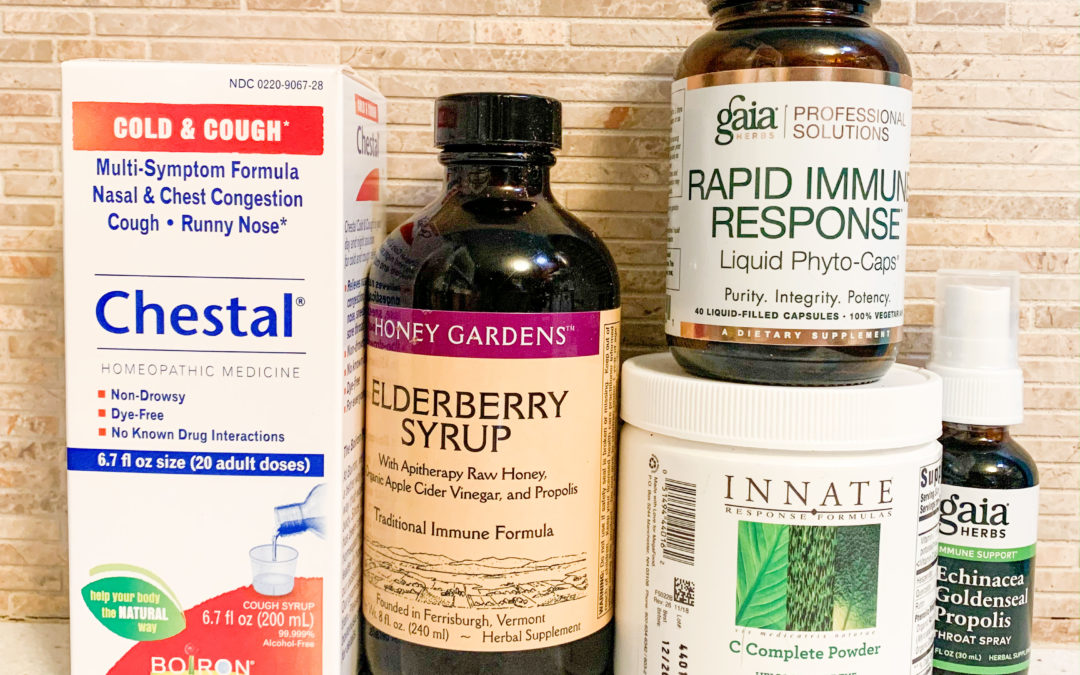
With headlines popping up daily announcing new statistics from COVID-19, I’ve been getting a lot of questions about what’s going on and what we can do.
Information is both abundant and lacking and it’s confusing to sort through.
In the meantime, I’d like to discuss one massively important variable that naturopathic doctors are very familiar with but that isn’t discussed at all in the mainstream.
And it’s a crucial component to determining your risk for catching the virus and how it progresses through your system.
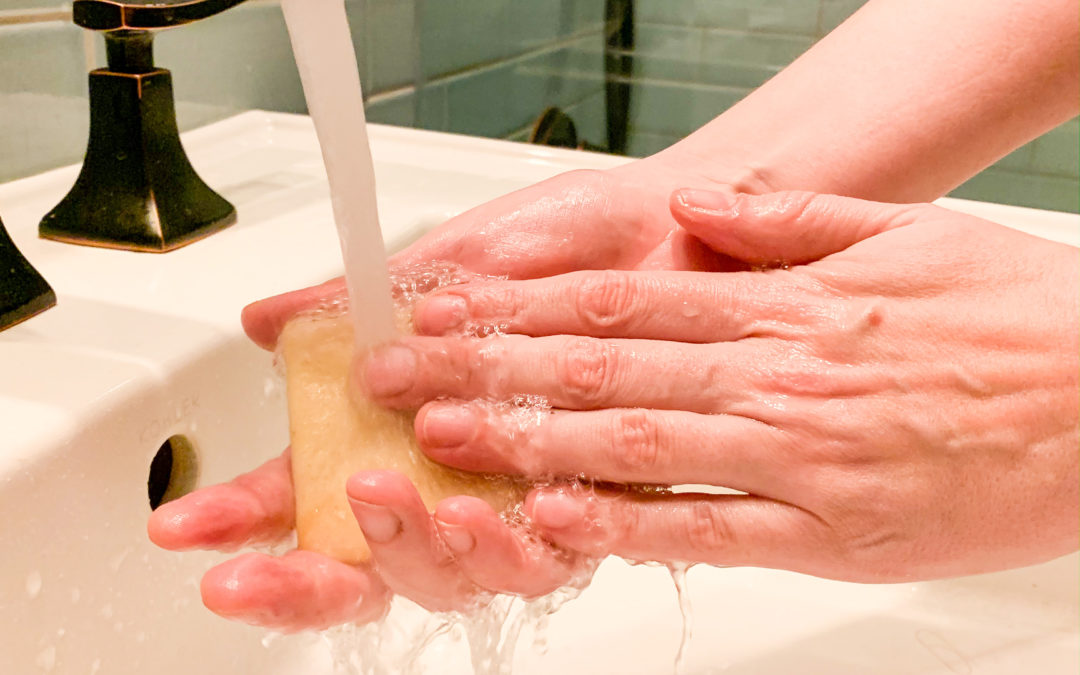
The flu is making its rounds and everyone is wondering what they can do to protect themselves.
I want to address an important part of the conversation that tends to get overlooked: handwashing versus hand sanitizer.
These two things seem equivocal in most people’s minds: just do one of them regularly and you’re covered.
This is NOT true.
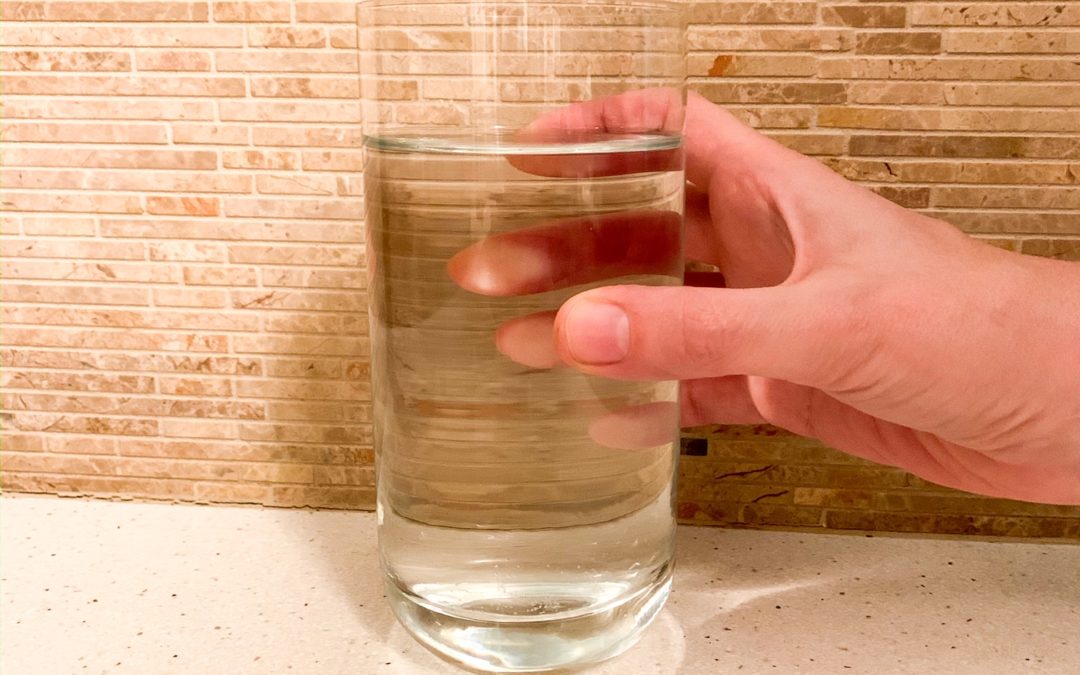
I get this question a lot in my practice.
Many of my patients get massages, chiropractic care, PT, or other bodywork and their practitioners tell them to drink a lot of water afterward.
Most of the time people forget, and the #1 reason is because they don’t know WHY they’re supposed to do it!
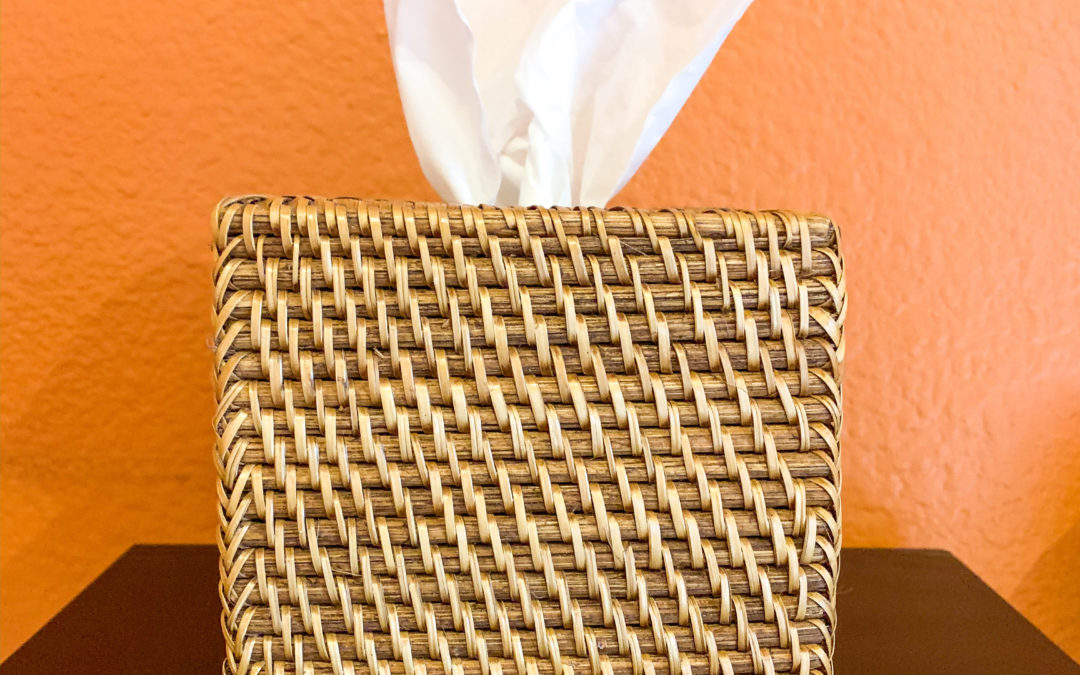
This week a patient came to me in tears because she got a cold.
She’d been through a lot in the past year, including surgery and a cancer scare.
Since then, she’d been doing great. She made major diet changes, started exercising, learned to manage her stress better, had emotional reckonings with her family, and more.
Then she came down with a sore throat and fever.
Exhausted and crying, she sat across from me and told me she felt like an utter failure.
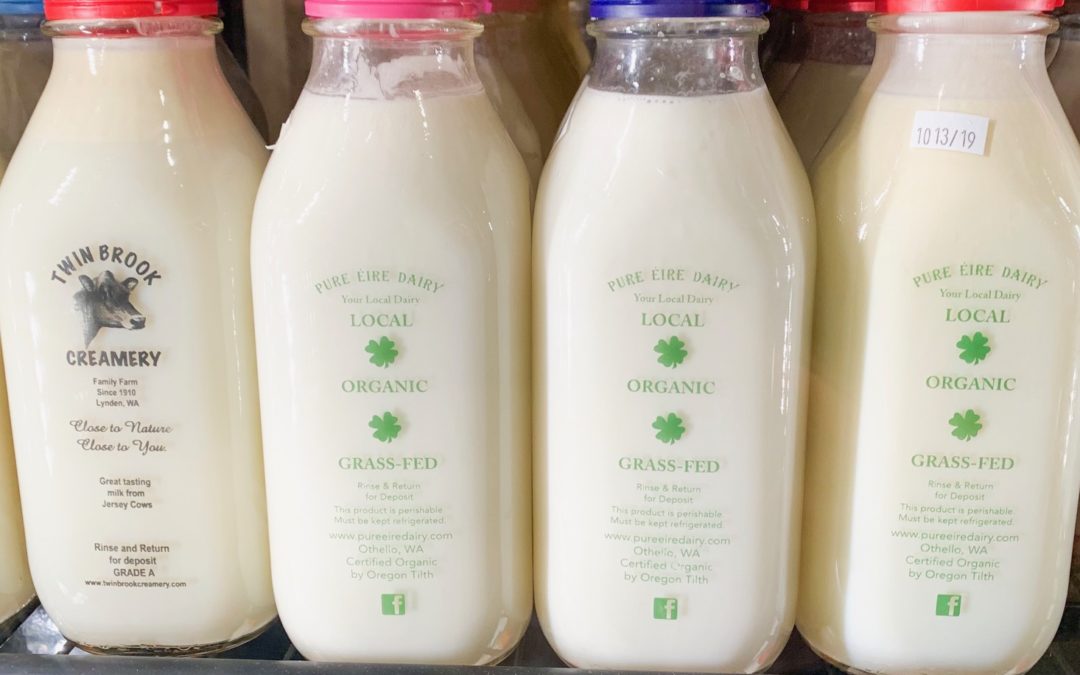
Doctors are now petitioning the FDA to put a breast cancer warning label on cheese.
As a result of the paleo and keto diets, patients come to me thinking that dairy is an inherently inflammatory food that should be totally removed from their diet.
The fear-mongering that we’re constantly exposed to around our nutrition and health needs to stop.
How are we supposed to tell what’s true and what’s not?
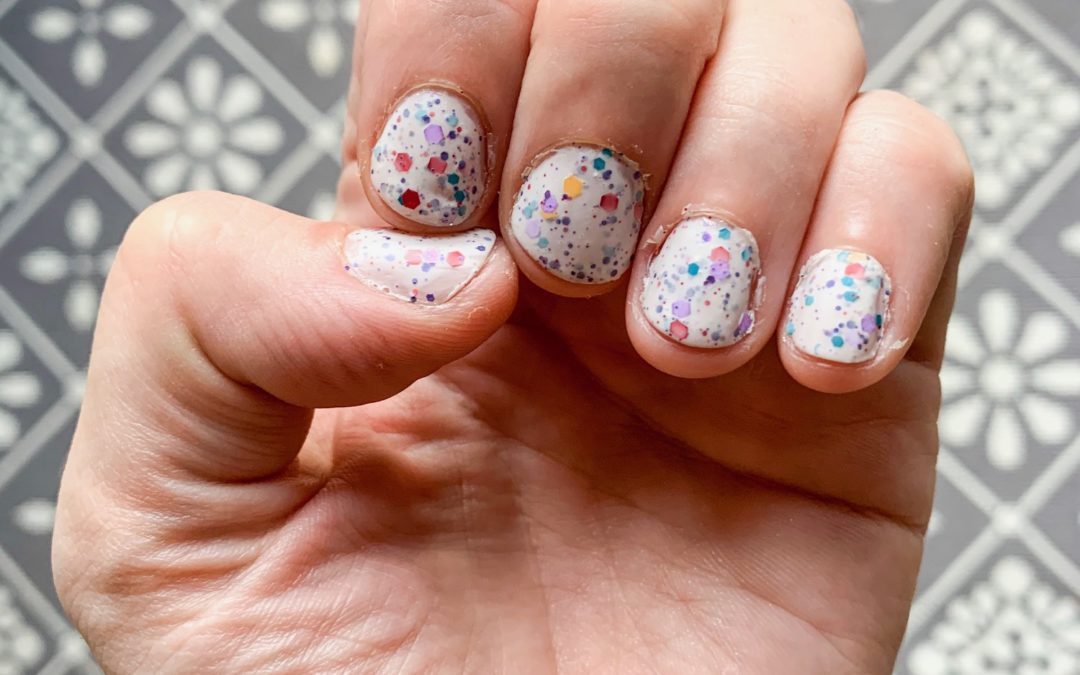
Painting your nails is fun but can it also be ok for your health?
Traditional nail polishes look pretty but contain lots of toxic junk.
There’s got to be a better way!
And nowadays there is!
Many smaller companies are choosing a different, healthier approach to nail polish.
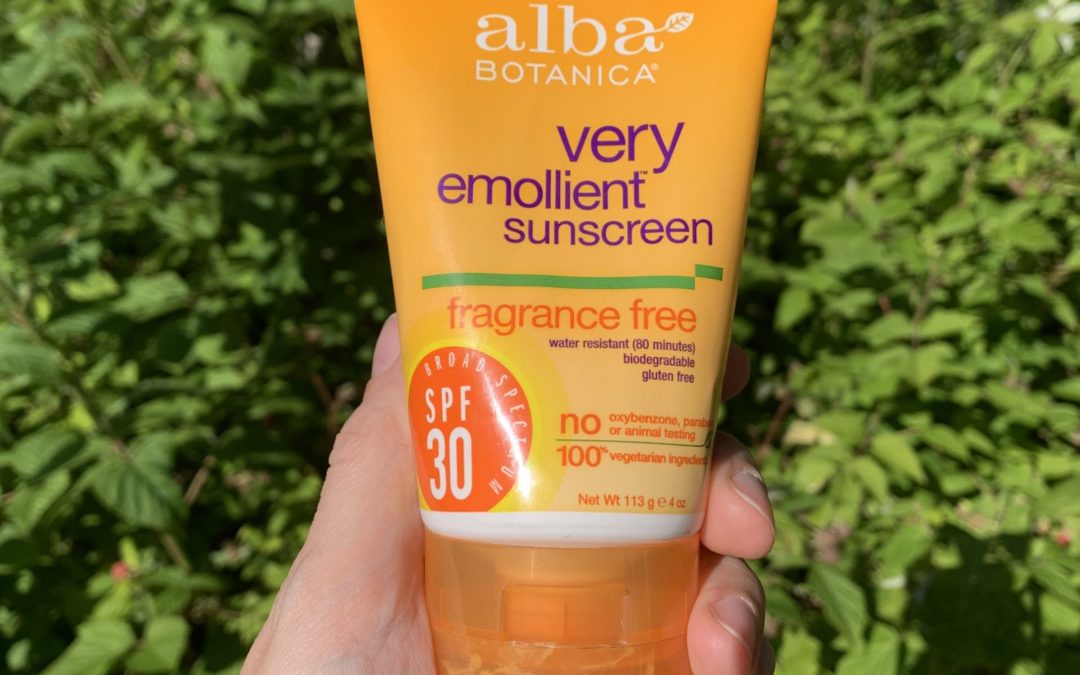
With the weather warming up and the sun peeking out more, it’s a great time to start thinking about sunscreen and how to protect your skin in a healthy way.
I’ve got a few tips for you before you go out and buy a bottle!















